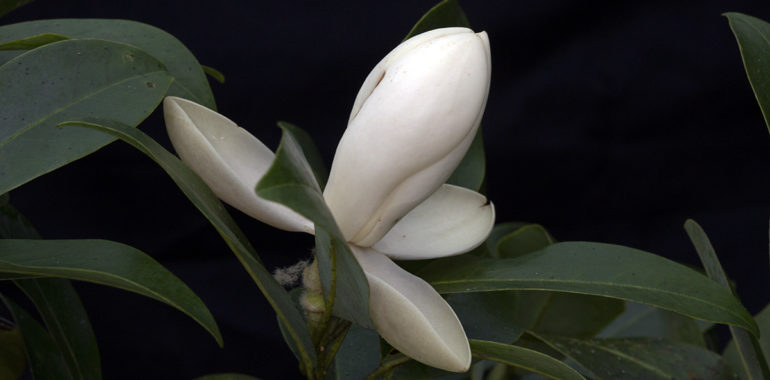Tropical forests are all forests which are located in the tropics, or put in other words, closer to the equator line. They are generally characterized by higher temperatures, bigger amounts of rainfall, and particularly, broader biodiversity indexes.
Taking into account that tropical forests are those that grow in the tropics, they can be classified according to the life zones they inhabit. In that sense, not all tropical forests appear lush and evergreen as the Amazon rainforests. For instance, in the dry tropical forests of Guatemala trees lose their leaves through a significant part of the year, and both cacti and scrubs are common in the landscape. On the other hand, the country’s subandine forests are dominated by few pine trees and grasses.
If you are interested on learning about each life zone in which Guatemala’s forests are categorized, you can visit the following site published by the Research Institute for Natural Sciences and Technology [IARNA]:
www.infoiarna.org.gt/ecosistemas-de-guatemala/fichas-zonas-de-vida/
Due to the diversity of forests, the trees that grow in them can be very different, both in appearance and in physiology. To commemorate the international day for the preservation of tropical forests, we share a few of the trees that the FLAAR team has photographed which have interesting characteristics.
Sapindus saponaria
This tree, which is also known as “jaboncillo”, grows primarily in mountainous areas such as those in the highlands of Peten and the region known as the bocacosta. Its fruits are rich in saponins and can be used as soap substitutes. In that sense, it represents only one of the many floral species that can be used for the compounds it contains.
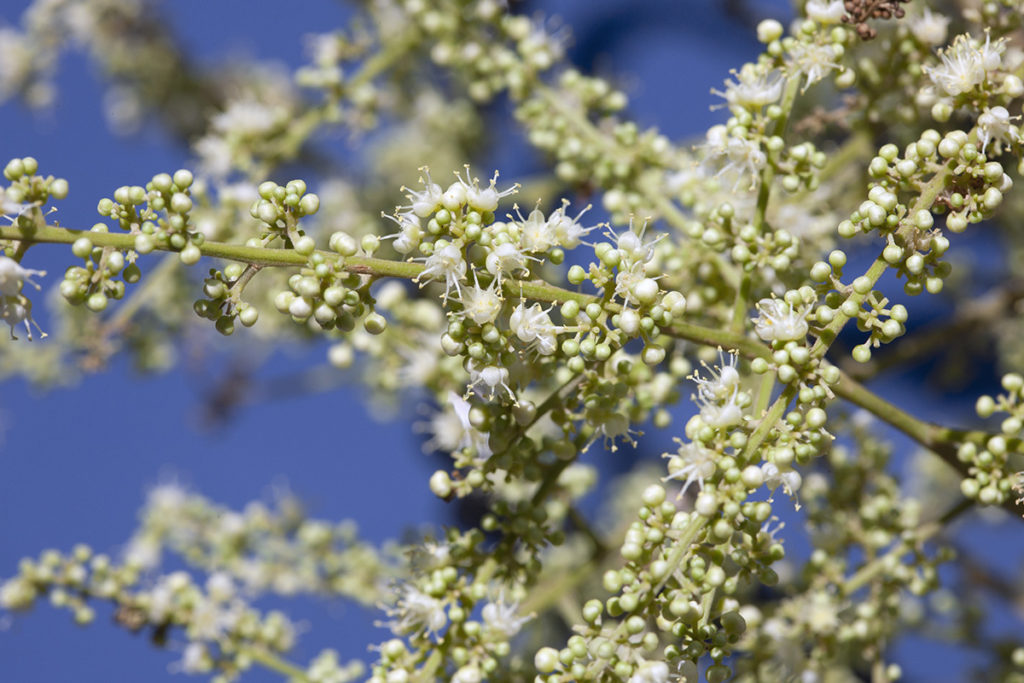
Sapindus saponaria, Hacienda La Esperanza. Nicholas Hellmuth.
Guaiacum sanctum
The “guayacan” tree could be considered as emblematic to the dry forests of Western Guatemala. This is due to its beauty, popularity and the different uses it has. Its wood is dense, heavy and hard. Its flowers, melliferous. It also has medicinal uses. When it flowers, it is easy to spot and recognize by the color of its abundant flowers, which also happen to pop up in contrast with the dryness of the forests this tree grows in.
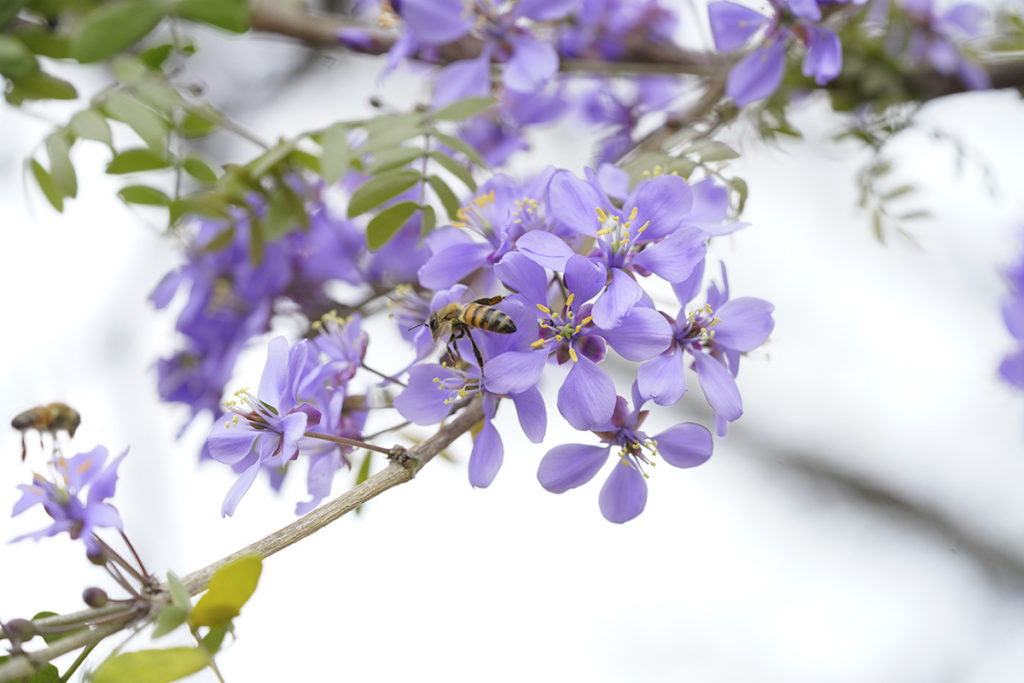
Guaiacum sanctum, Chiquimulilla. December 2021. Sergio D’angelo Jerez.
Ficus spp.
There are more than 20 Ficus species that are native to Guatemala. These include those trees locally known as “amates” (which gave its name to Amatitlán), as well as those known as “matapalos” and “higuerones”. Some of them are epiphytic, while others are popular for their strangling habit. Moreover, all of them keep a symbiotic very particular relationship with the Agaoninae wasp family, in which both are codependent to reproduce themselves. These trees are also an important food source that sustains biodiversity, and they generally caught one’s attention for their curious shapes and dimensions.

Ficus species, Topoxté Island. July 2022. Edwin Solares.
Enterolobium cyclocarpum
The “conacaste” tree might be one of the most reminiscent of the ceiba for its shape and dimensions. It can be found in the lowlands, where the temperature is high and the seasonal rains, abundant. In Guatemala, it is valued in cattle farms for the shade and food it provides. Its flowers are melliferous and its wood highly esteemed. It is certainly one of the most outstanding trees in the landscapes it grows in, being characteristic as well of such ecosystems.
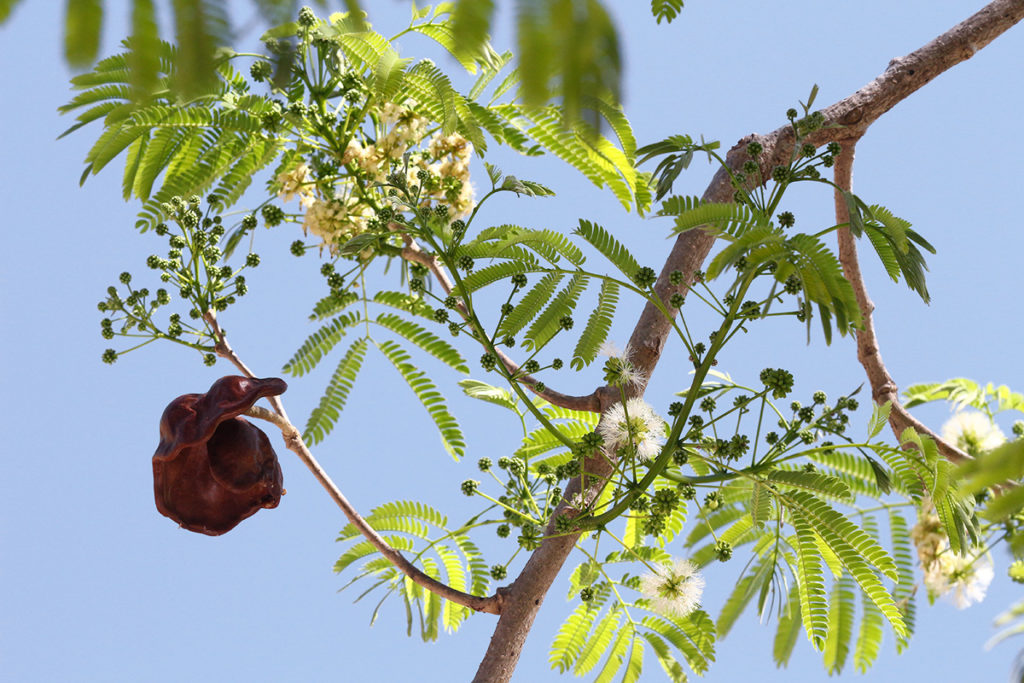
Enterolobium cyclocarpum, Finca Concepción, Cuilapa. March 2015. Erick Flores.
Bursera simaruba
This tree, also known as “palo de jiote”, “indio desnudo”, and “chacaj” is remarkable due to the fact that it can be found in most of the ecosystems of Guatemala. In fact, it can be found in warm regions that range from humid rainforests to dry scrublands. Its peeling bark has medicinal properties. Also, the irregular shape of its branches and the scarlet shine of its bark, give this tree an unparalleled beauty among all the trees of Guatemala. Some of the most impressive specimens can be found in the Maya Biosphere Reserve and in Alta Verapaz.

Bursera simaruba, palo de jiote on road to Yaxhá Park. June 2021. Nicholas Hellmuth.
Pinus caribaea
What makes this species so outstanding is its evolutionary history. Guatemala is the furthest limit of the Pinus distribution throughout the continent. In fact, it has been speculated that pines reached this region through the mountains during the glaciation periods; put in other words, they basically originated in the North and then distributed themselves until they reached the south end of Guatemala’s mountainous range. However one single species, Pinus caribaea, evolved and adapted to grow in the lowlands, where temperatures are high, and most of the environment conditions are more reminiscent of the tropics.
Recently, FLAAR’s expedition team documented a remnant of Pinus caribaea that grows isolated in the Maya Biosphere Reserve, in the Uaxactún Management Unit. This is considered a pine isle among the broadleaf forests of the Central Petén.

Pinus caribaea, Uaxactún. May 2023. Haniel López.
Magnolia spp.
There are at least 11 native species of magnolia trees in Guatemala. They can only be found in the cloud and rain forests of mountainous areas such as Alta Verapaz. In addition, some of these species are endemic, and others are under risk of extinction. These trees are characterized by their big white flowers which on many occasions can be fragrant.
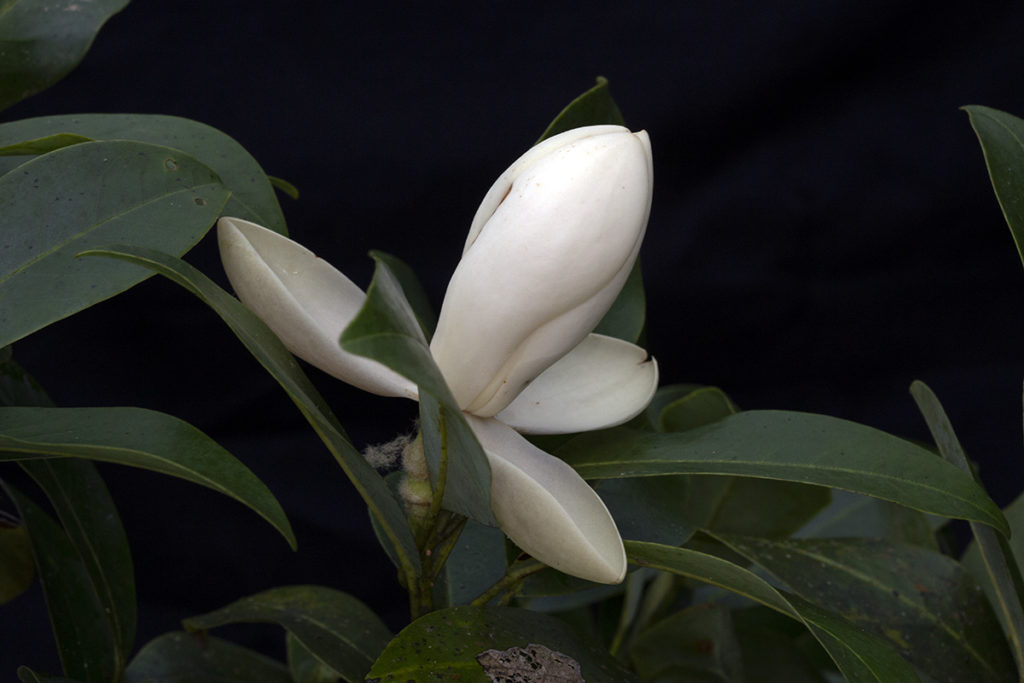
Magnolia mayae, Huehuetenango. July 2014. Nicholas Hellmuth.
Quercus spp.
Oaks are some of the most common and abundant trees in many of Guatemala’s ecosystems. They mainly grow in montane forests and there are more than 25 native species.
These trees are particularly interesting for the biodiversity they sustain. For instance, there is a wide variety of fungus that grows near to them because of the litter they produce or because they form mycorrhizas with their roots. Oak acorns are important as a food source for birds and mammals. There are also many epiphytes that grow mainly in oak trees for their fissured bark, which enables them to secure themselves with their roots.
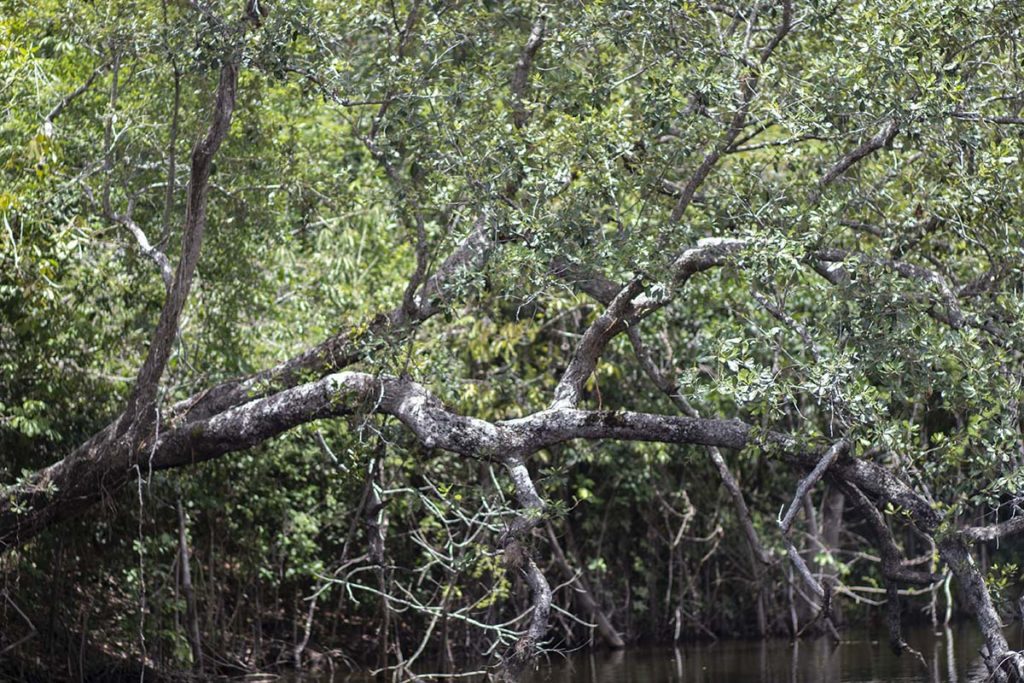
Quercus oleoides growing in the river Sacluc PNLT. August 2021. Andrea Bracamonte.

